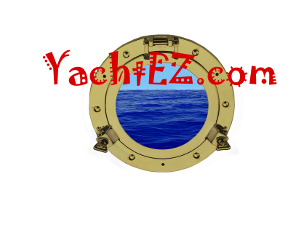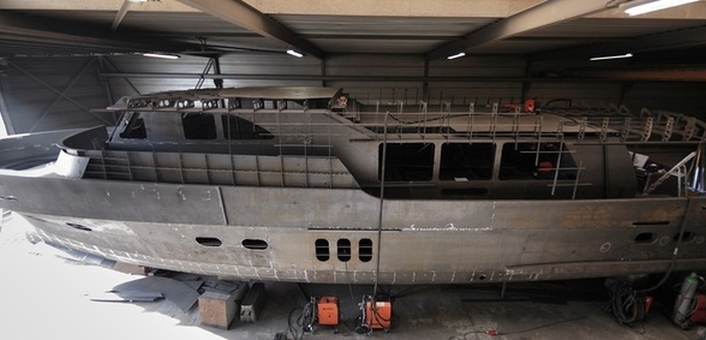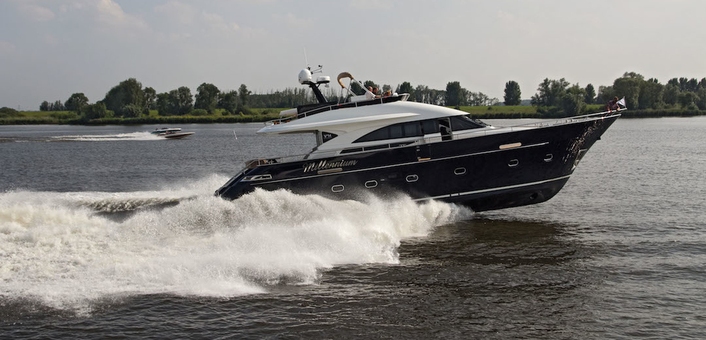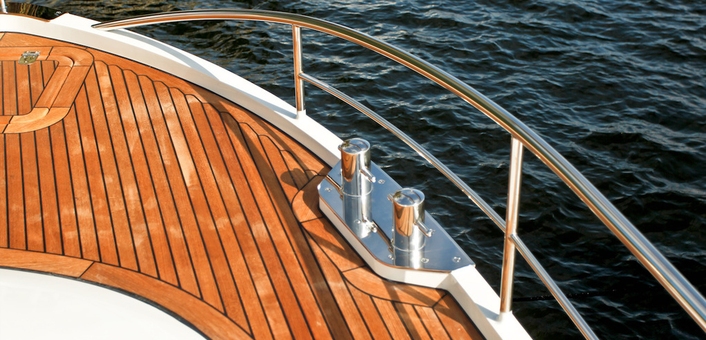VDH ALUMINUM and/or STEEL CONSTRUCTION
Strength in the strongest materials is a VDH promise from hull up, for safety on the unknown anytime and sea, the ocean and water in general is unforgiving; so trust in the tried and proven handed down Dutch Craftsmanship honed from wooden sailing ships centuries ago, the hands-on craftsmanship is training that has to be handed down, not gained from a text book or classroom.
Built using handmade hardware in polished aluminum and stainless steel, means business and is uncomprimmised. There is no guessing as to quality or durability with a VDH ship… yes, SHIP, passing the term boat a long way back, and when necessary to rely on that strength on the ocean dealing with the curve balls nature will throw when nothing else to see but water ever coming, seemingly never stopping, knowing that strength in construction means and transfers to safety for guest passengers, owner, and crew. Even our VDH Tender range is made of aluminum and steel, VDH never limiting the strength for safety that is known to be VDH.
WHY ALUMINUM/ WHY STEEL
BUILDING IN ALUMINUM
Reasons why:
- For things that go bump in the night?For sheer longevityFor good resale valueFor repair abilityFor lightness combined with higher strength
For the benefit of being able to build economically, without the penalty of having to build a costly mold first as with fiberglass
For the freedom of the smell of fiberglass and the dreaded osmotic blisters
For repair ability in ease of modification or collision repair
For performance
And most importantly, for the security of safe cruising on the open sea
- STRENGTH
On a weight-by-weight basis, Aluminum alloy is stronger than steel. Strength-for-Strength, it weighs about half as m uch ans is 10-times morer resilient. Aluminum has roughly twice the tensile strength of fiberglass at 46,000 lbs.per.sq.inch compared at 21,000 lbs.per.sq.inch. Unlike synthetic materials, Aluminum will not break, crack or splinter on impact. Collisions that would puncture a fiberglass boat will normally just dent an Aluminum one. Rather than starting the pumps the captain as the yard cut out the dimple and weld in a new plate the next it’s in the yard for routine maintenance. Nobody for sake of not fun, takes an unplanned swim, nor does the yacht suffer any down time.
- LIGHT WEIGHT
Aluminum yachts in general are about 30% lighter than a similiar size yacht built in fiberglass. Light weight means smaller engines, less fuel burned, and a longer range for the yacht and her passengers. Weight saved in the hull, decks, and superstructure can be traded for increased tankage, translates to mroe fuel and more water.
- NON-FLAMMABLE
Aluminum, as defined by SOLAS (Safety of Life at Sea) convention standards, is non-flammable and non-combustible. Because of this, Aluminum yachts can be made to conform to new, stridter I.M.O commercial boat rules that are nevertheless appropriate for oceangoing vessels.
- CORROSION RESISTANT
The 5,000 series alloy used to build modern Aluminum vessels consist of Aluminum and magnesium, with a trace of silicon making it extremely corrosion-resistant. And except for cosmetic reasons, aluminum alloy doesn’t even have to be painted above the waterline. The unpainted metal reacts with air to form Aluminum-oxide, a hard protective coating that protects the underlying Aluminum. The bottom of the Aluminum hull only needs compatible anti-fouling paint to prevent growth.
- INTEGRAL TANKS
Aluminum yachts utilize fuel tanks which basically form a double-bottom adding to he safety by using he hull plating to form one or two sides of tghe tank. This also leads to weight savings, and keeps the fuel cool as well. This is a benefit not available on fiberglass hulls. Integral tanks built into the bottom structure also means a lower CG (Center of Gravity) making a more stable vessel.




